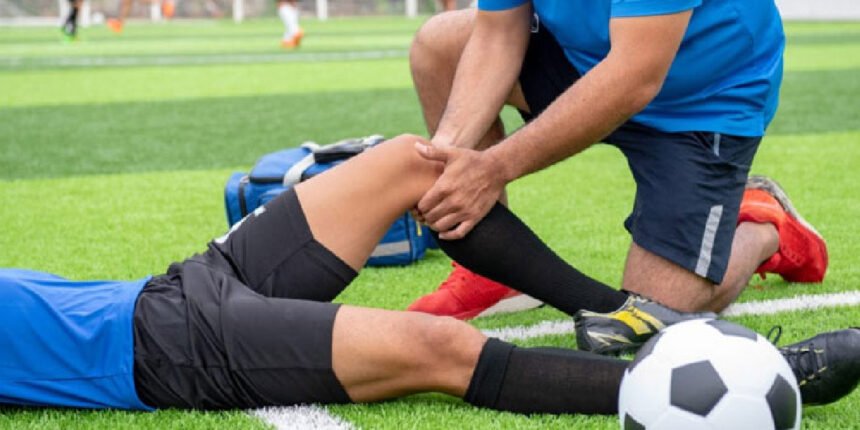Returning to sport after an accident can feel very scary, but with the right approach, you can safely regain your fitness and confidence. Whether you’ve experienced a minor injury or a more serious incident, taking strategic steps guarantees that your comeback is both successful and sustainable. Here are five essential ways to help you get back into sport safely and effectively.
1. Consult a Healthcare Professional Before Resuming Activity
Before lacing up your trainers or picking up your equipment, obtaining medical clearance is absolutely essential. A healthcare professional can thoroughly assess your injury’s healing progress and provide personalised advice on when it’s safe to return to physical activity. They’ll evaluate your range of motion, strength, and any lingering symptoms that might affect your performance. Withapproximately 2 million people in the UK ending up in Accident & Emergency departments each year due to sports injuries, according to NHS data, the importance of professional medical guidance cannot be dismissed. Returning too soon without proper assessment risks re-injury, potentially creating a cycle of setbacks that could sideline you for months rather than weeks.
2. Follow a Structured Rehabilitation Programme
A well-designed rehabilitation programme is the basis of successful sports recovery. This usually progresses through several phases, beginning with initial rest and inflammation management, then gradually reintroducing movement and sport-specific activities. Physiotherapy is important in this process, focusing on strengthening muscles, improving flexibility, and restoring full range of motion. Professional rehabilitation helps prevent future injuries by addressing any underlying weaknesses or imbalances that might have contributed to your original accident.Current data shows that 83% of Britons who have received physiotherapy found it helpful, showing the effectiveness of structured recovery programmes when properly implemented.
3. Address Mental Barriers and Build Confidence
The psychological challenges of returning to sport after an injury are often underestimated but can impact your recovery journey. Fear of re-injury, anxiety about performance, and loss of confidence are common experiences that deserve serious attention. Strategies to overcome these mental barriers include visualisation techniques, setting small achievable goals, and gradually building up your confidence through successful experiences. Some athletes benefit from working with sports psychologists or joining support groups where they can share experiences with others who understand their challenges. If financial concerns about ongoing treatment are adding to your stress, exploring options such asno win, no fee claims can help alleviate some of the financial burden associated with your recovery.
4. Gradually Increase Activity Intensity
The principle of “start low, go slow” is fundamental to safe sports recovery. Begin with low-impact exercises and progressively increase intensity over several weeks or months, depending on your injury’s severity. This gradual approach allows your body to adapt and reduces the risk of re-injury. Your progression might start with gentle stretching and basic movements, advance to light aerobic activity, then introduce sport-specific drills before returning to full competition.
5. Maintain Ongoing Communication with Your Healthcare Team
Throughout your return to sport, maintaining regular contact with your healthcare professionals guarantees that you’re progressing safely and effectively. This might include follow-up appointments with your GP, ongoing physiotherapy sessions, or check-ins with sports medicine specialists. Your healthcare team can monitor your progress, adjust your rehabilitation programme as needed, and provide guidance on when it’s appropriate to increase activity levels. They can also help you recognise warning signs that might indicate you’re pushing too hard or developing new issues.
Getting back into sport after an accident requires patience, planning, and professional guidance. But when you follow these five strategies, you can maximise your chances of a successful return whilst minimising the risk of further injury.
For More Information Visit Fourmagazine







